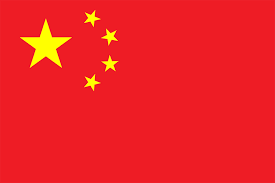-
China's economy is 40% state-owned – compare Lenin's NEP period, 70-77%
-
Soviet state-owned enterprises were designed to make a thing (like the water service, like the post office). Chinese state-owned enterprises are different: they are profit-making players in the market.
-
China has enterprises owned by local and provincial government – sometimes they compete with each other! So the state competes with itself on the market!
-
They can sell 49% of their stock on the stock market, even to foreigners.
-
The State-owned Assets Supervision and Administration Commission of the State Council (SASAC) is an institution directly under the management of the State Council. It is an ad-hoc ministerial-level organization directly subordinated to the State Council – http://en.sasac.gov.cn/sasacaboutus.html – It's like the Chinese statist Berkshire Hathaway. In theory, it can control a company as much as a shareholder can.
-
Li-Wen Lin & Curtis J Milhaupt write about Chinese corporate structure. They say when direct state industries (like post offices or Soviet bureaux) turned into profit-seeking state-owned things and essentially bought the party off, made it rich.



Maybe a bit tangential to the direct topic at hand, but I found this paper the other day, discussing the government's relationship with the banking sector. Over 1.2 million Party members are employed in the financial sector, which is nearly 20% of the entire sector (and apparently up to 56% of one bank were Party members). Some banks have preemptively taken on their own projects to comply with political aims (the poverty alleviation campaign for one), as well as develop others with Party inspectors. I think the market incentives posed by only 40% of the economy being state-owned is definitely something to be examined going forward (and I have reasonably solid trust in them to do what's needed), but it's not like the Party doesn't have other methods of control.